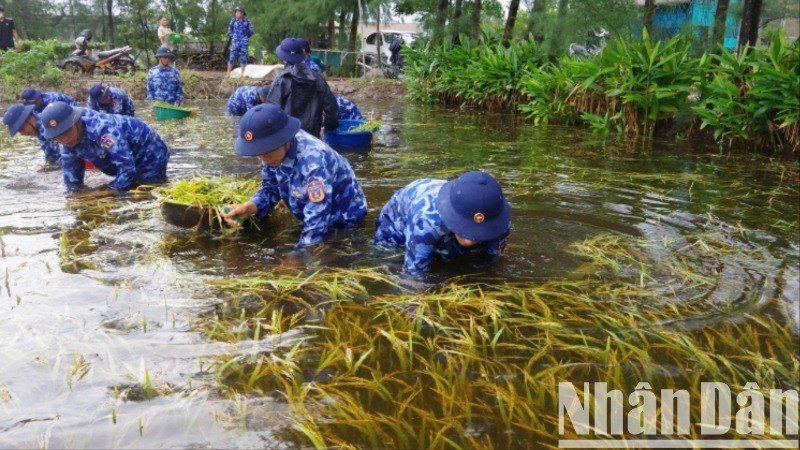
More seriously, some places had to mobilize hundreds of officers and soldiers to protect irrigation dams that were threatened with collapse.
The heavy losses mainly come from subjectivity, stemming from experience - which used to be the strength of the people of the central region in responding to natural disasters, but has now become a rut that hinders adaptation. In folk experience, the fifth lunar month is the "calm season": the storm has not yet arrived, the sun has just come, and the crop season has passed. From farmers to local authorities, everyone has the notion that this is not a worrying time, so when the storm appears, they are either surprised or take it lightly. Many people are still busy working in the fields in the storm, not covering their barns, not bringing boats to shelters. In some places, the natural disaster prevention plan has just been issued when heavy rains have already poured down.
It is undeniable that there is a certain passivity and confusion in the direction and management of some localities, from warnings to implementing measures to protect dikes, evacuate people, and protect production. Although this situation is not common, it is enough to leave consequences. And if we do not look at it frankly and do not adjust in time, the next storms, whether small or large, can cause great losses.
From an early storm like the recent storm No. 1, we need to look at the bigger picture: we are living in an era of unusual climate. Unlike before, today's weather operates in an uncertain state: hot weather until the end of the year, cold in the middle of summer,... and now the storm comes right when no one has time to think about it.
There is no longer a “safe season”. The rules that were once considered “standard” such as typhoons in July, heavy rains in August, floods in October are now just references to the past. If disaster prevention thinking is still based on the old calendar, if response instructions still depend on emotions and administrative habits, we will surely lose even in situations that seem most controllable.
Therefore, adapting to climate change is not only adapting to the weather but also changing thinking, actions and systems. Agriculture also needs to shift to a smart model, adapting to the climate, using short-term crops, drought-resistant, saline-resistant, flood-resistant, cultivating according to meteorological forecasts, reducing dependence on traditional crop calendars.
Another very important issue is that climate adaptation must be a reform of the awareness of the whole society. Not only the people but also the managers and leaders at all levels need to change their thinking, from passive to proactive actions. It is necessary to establish a culture of living with natural disasters, not by resignation but by courage, knowledge and careful preparation.
Storm No. 1 is not only a warning but also clearly exposes the gaps in current thinking and response actions. If each citizen still considers storms as a matter of God, "luck", if each government still waits for an "urgent telegram" to start giving instructions, then we will have to pay the price. But if we know how to prepare properly and proactively adapt, every season can be a safe season.
Source: https://nhandan.vn/thay-doi-nhan-thuc-thich-ung-bien-doi-khi-hau-post887142.html




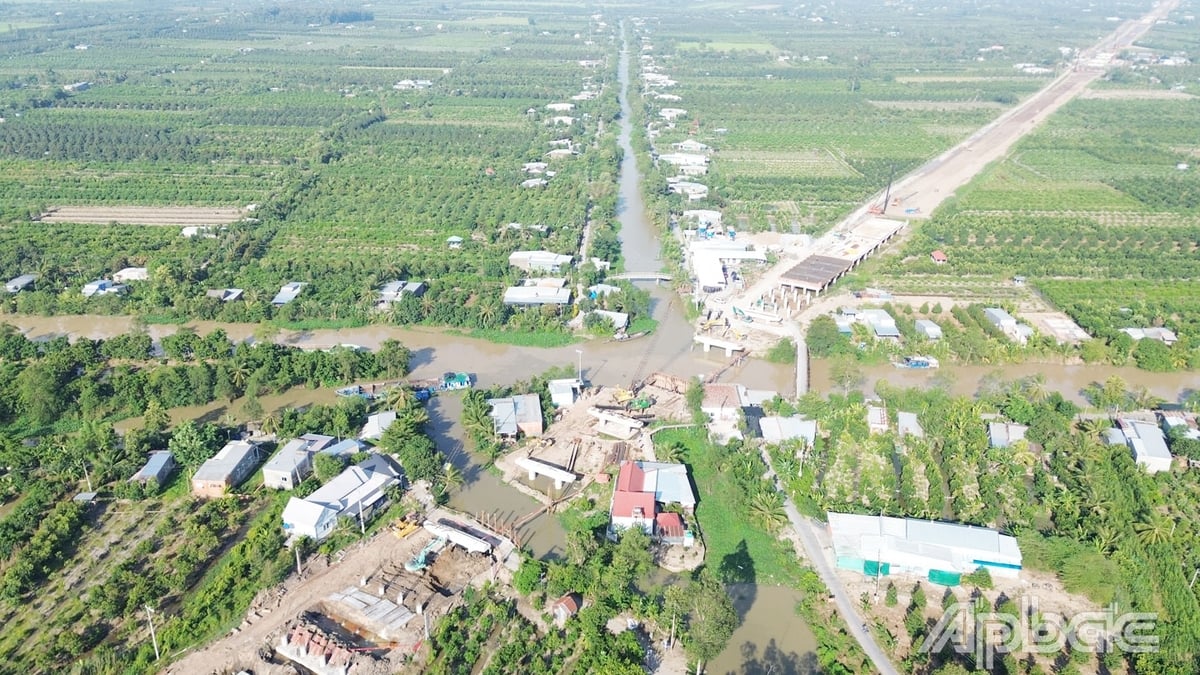
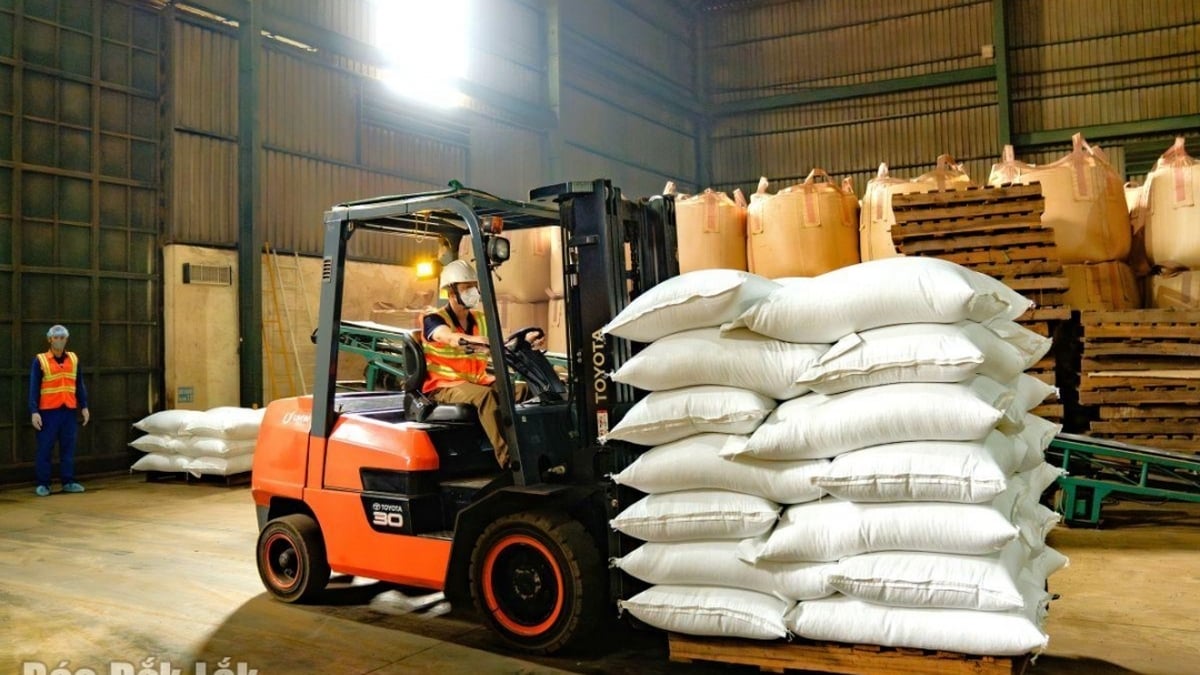
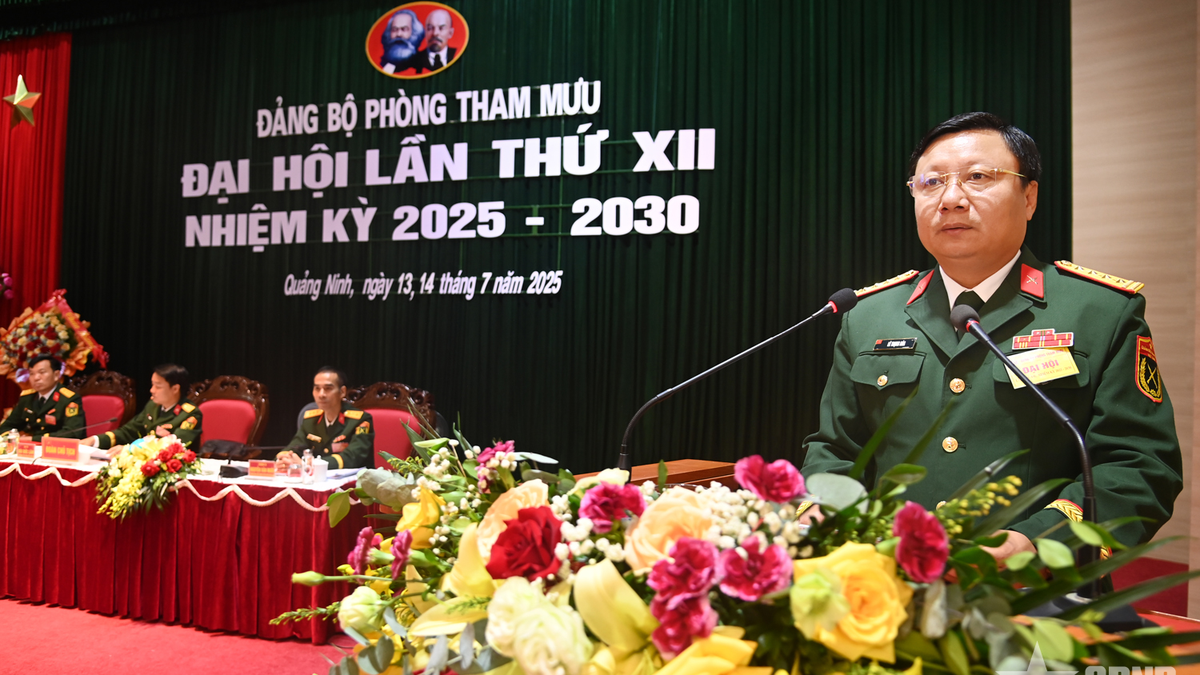

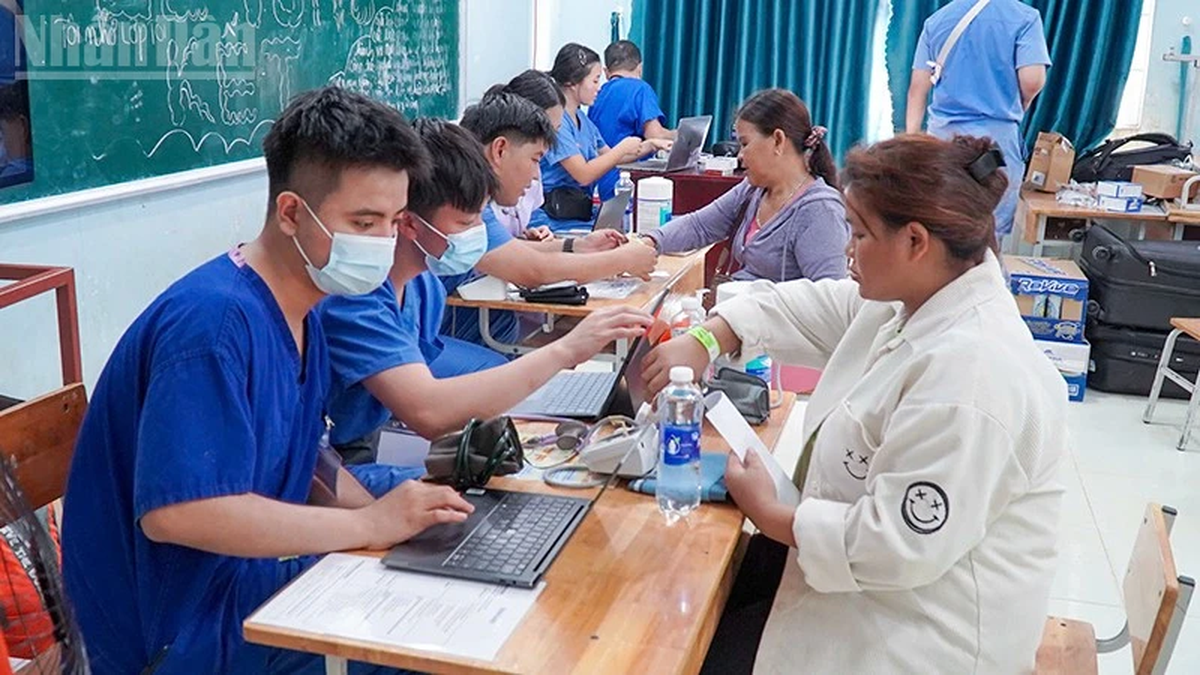

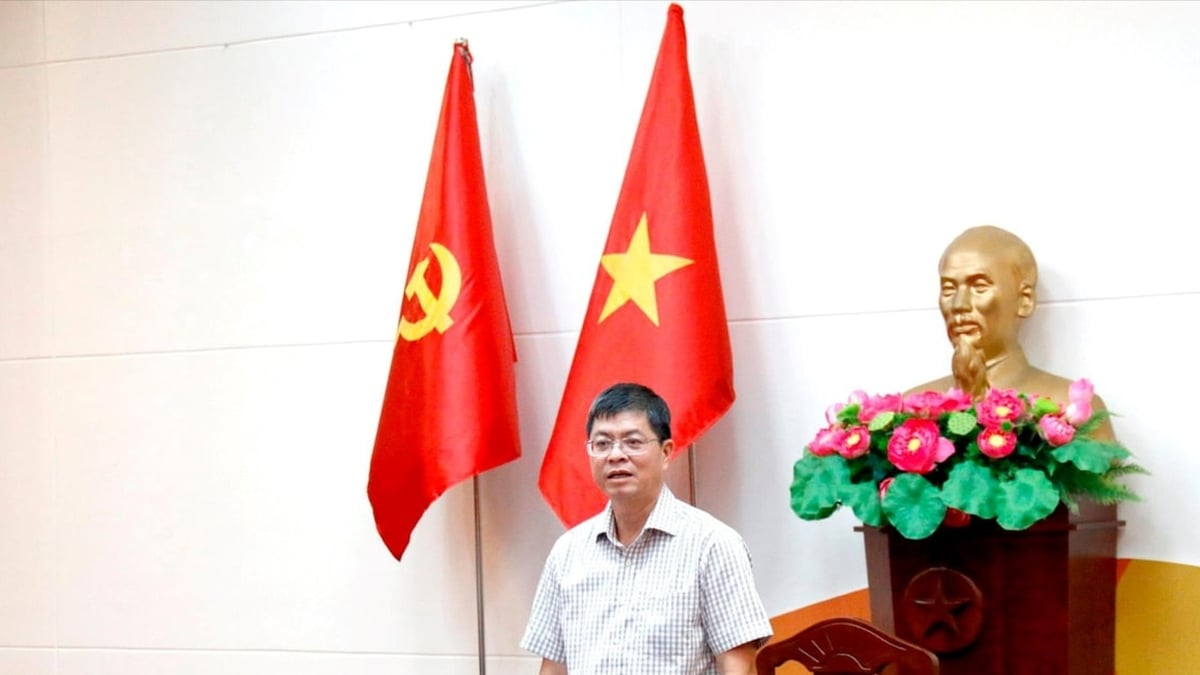
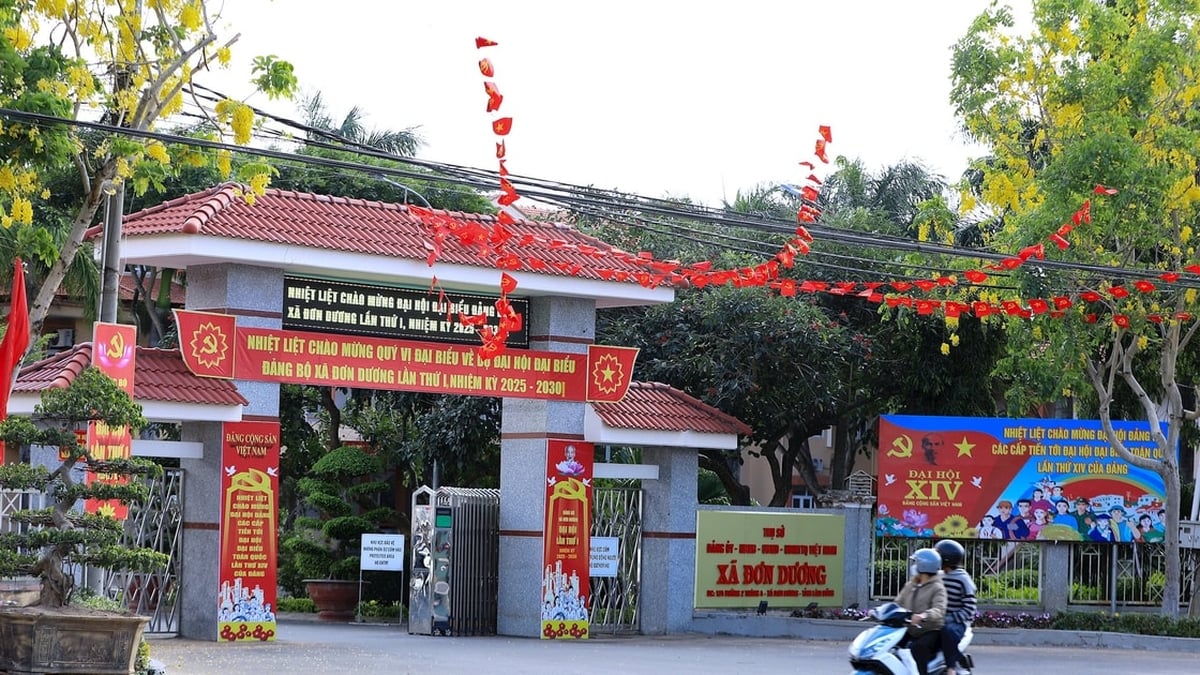













































![[Maritime News] Treasury Department Targets Diverse Networks Facilitating Iran's Oil Trade](https://vphoto.vietnam.vn/thumb/402x226/vietnam/resource/IMAGE/2025/7/14/43150a0498234eeb8b127905d27f00b6)





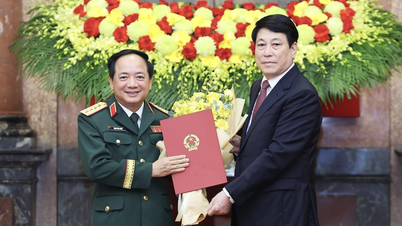

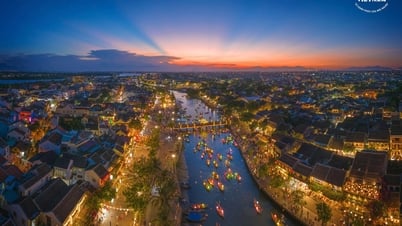


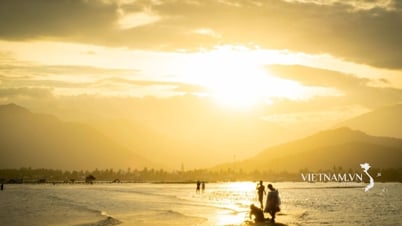
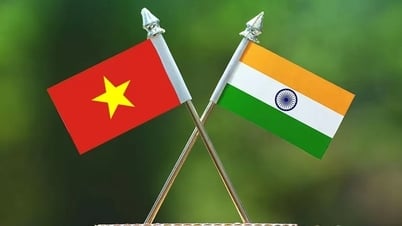

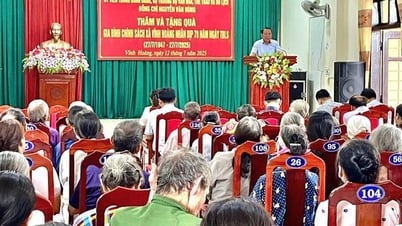
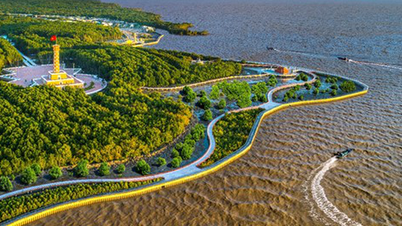
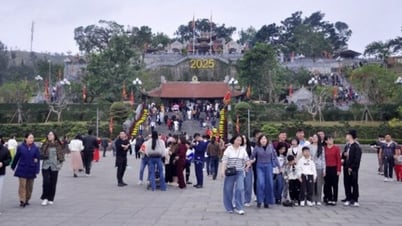
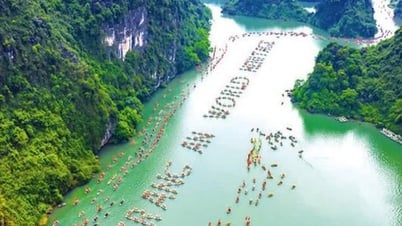
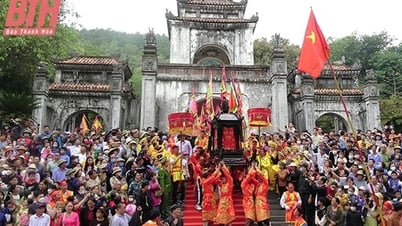























Comment (0)